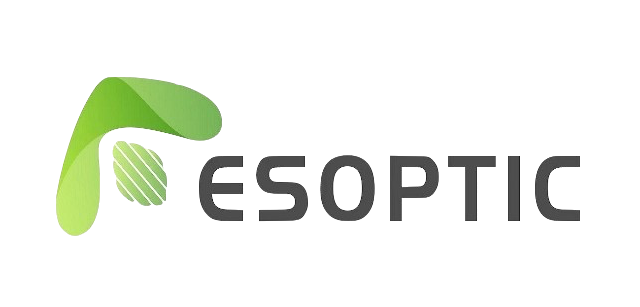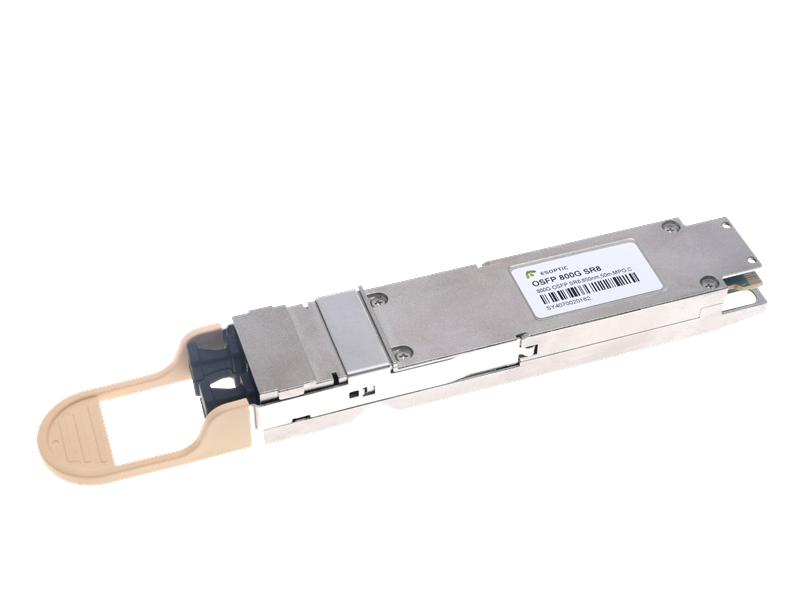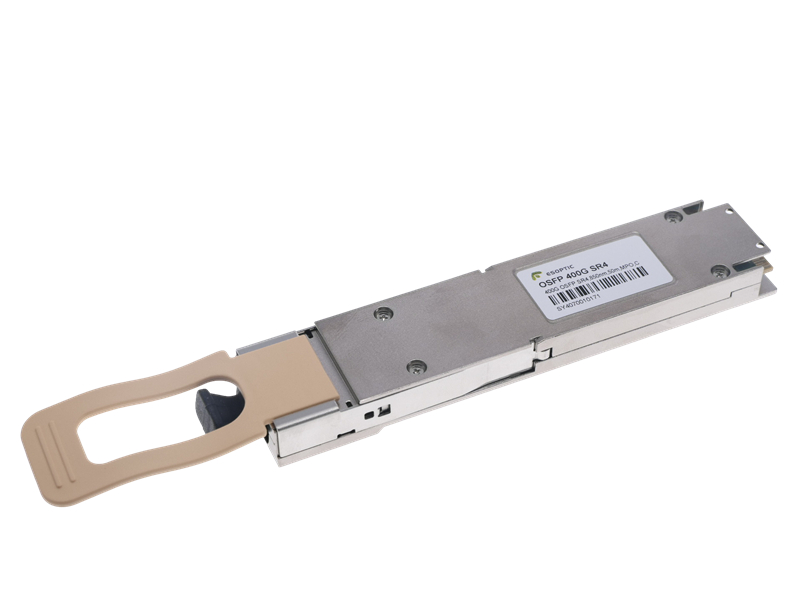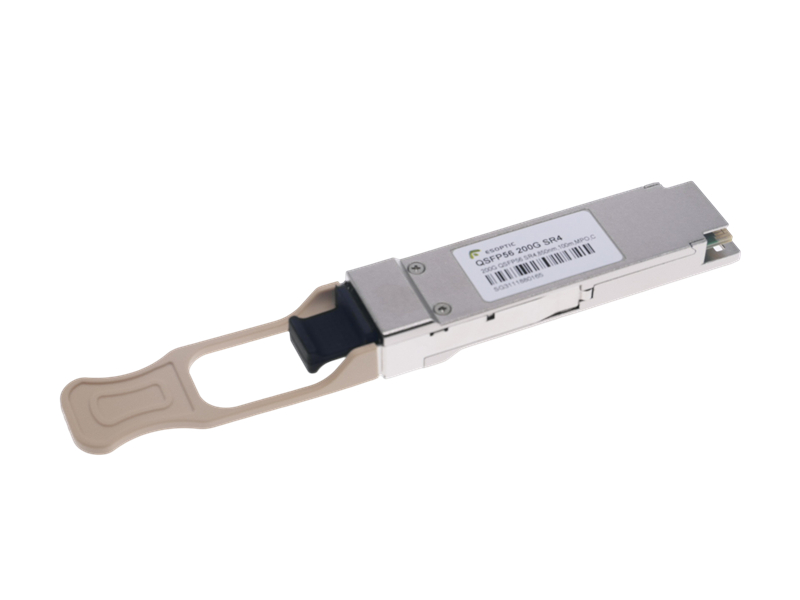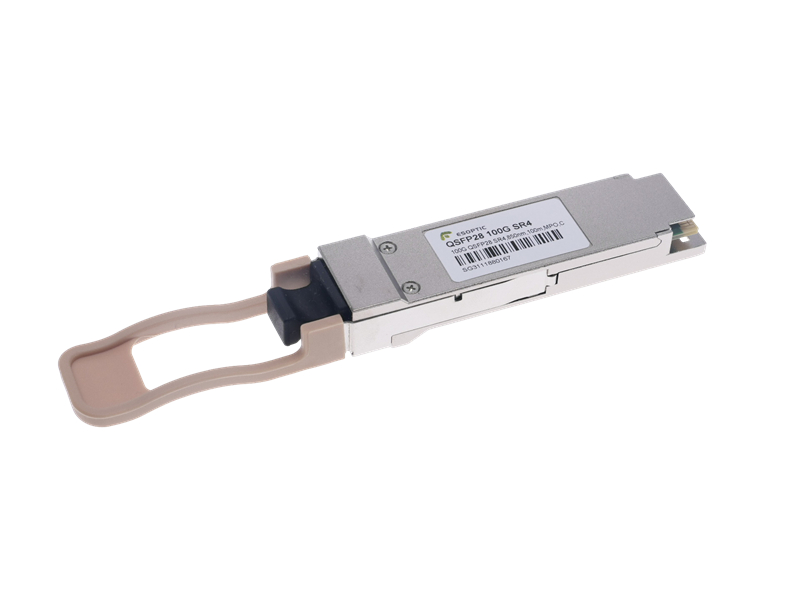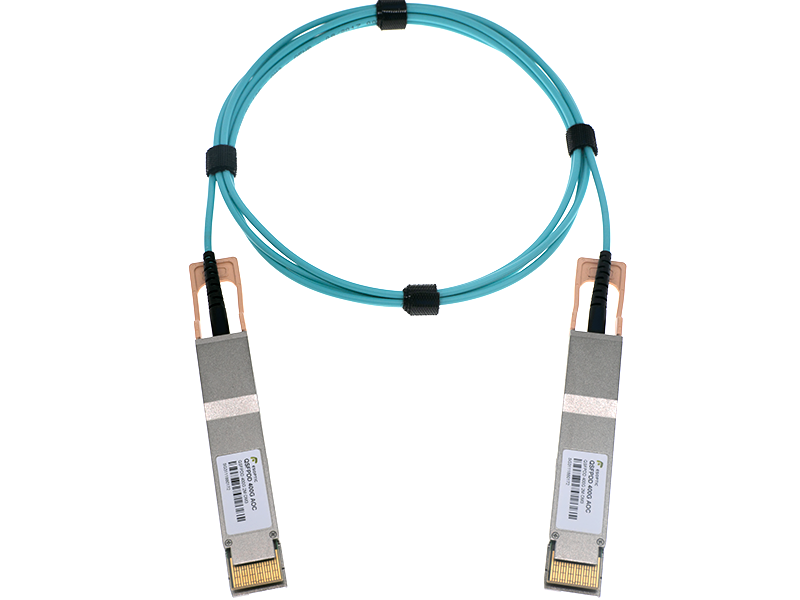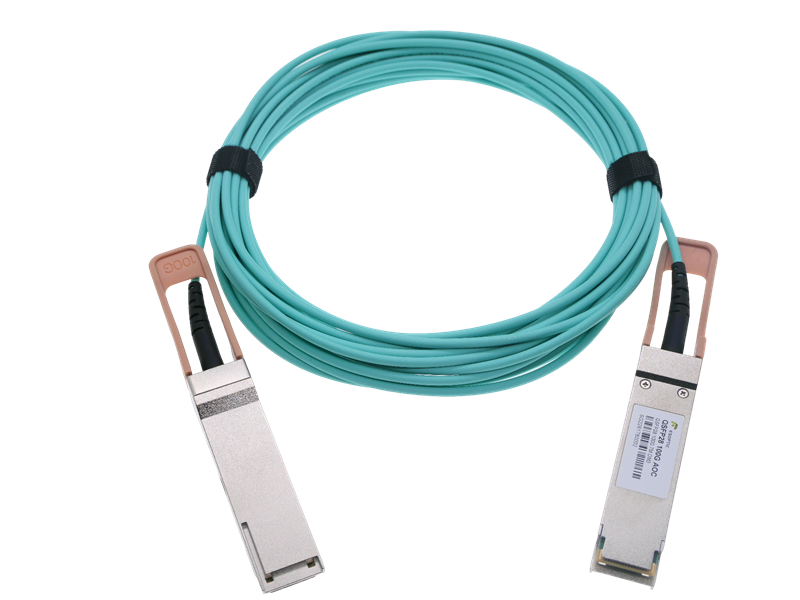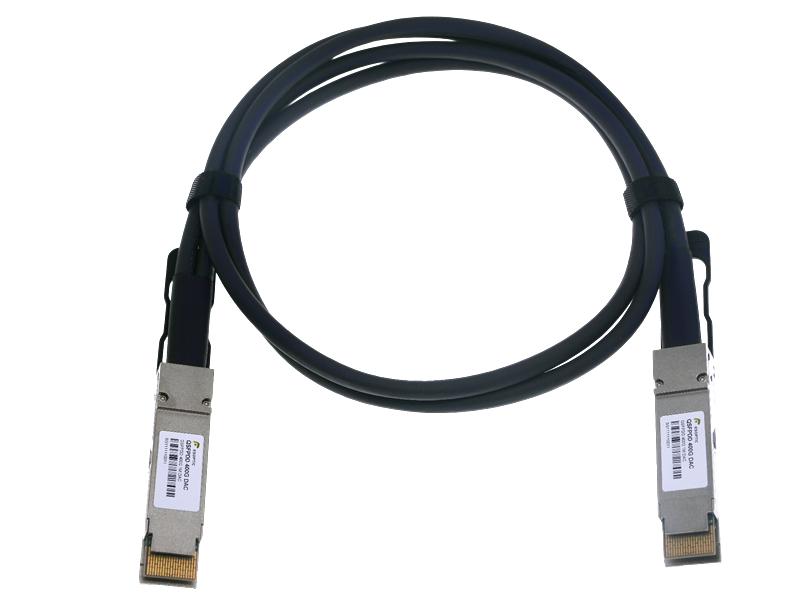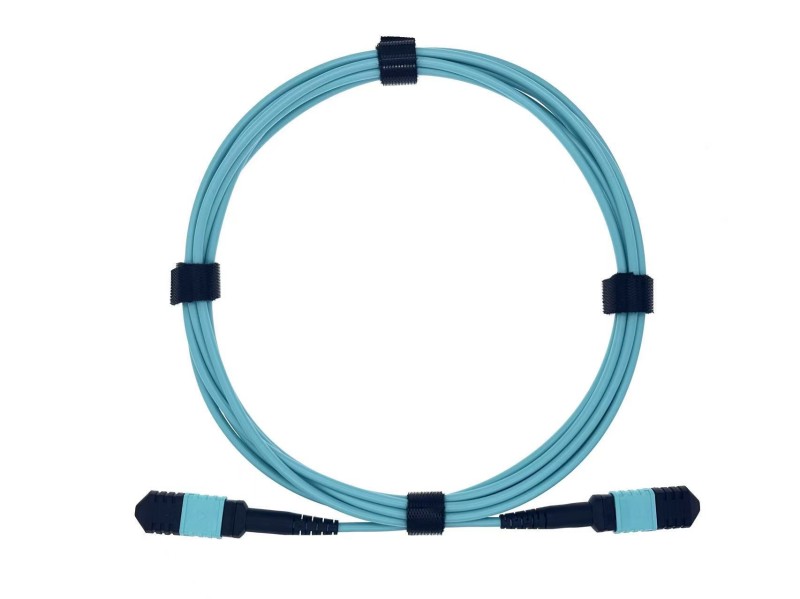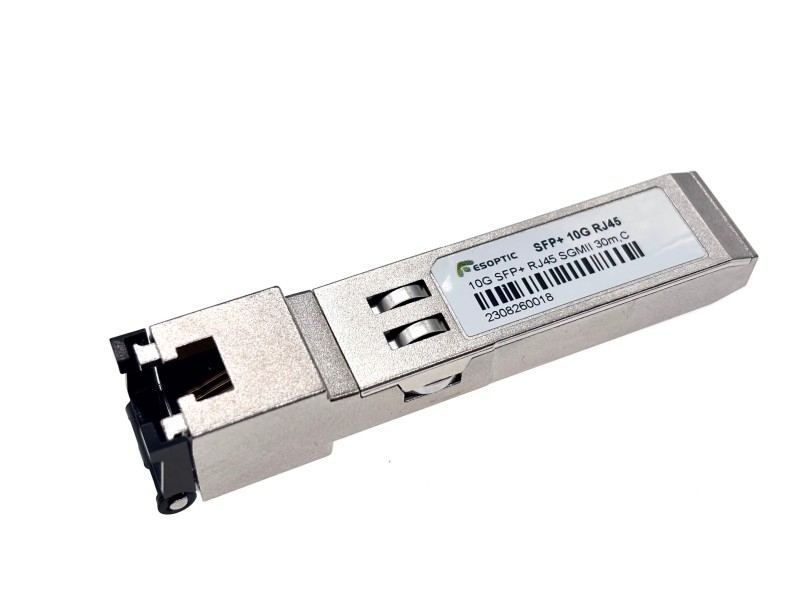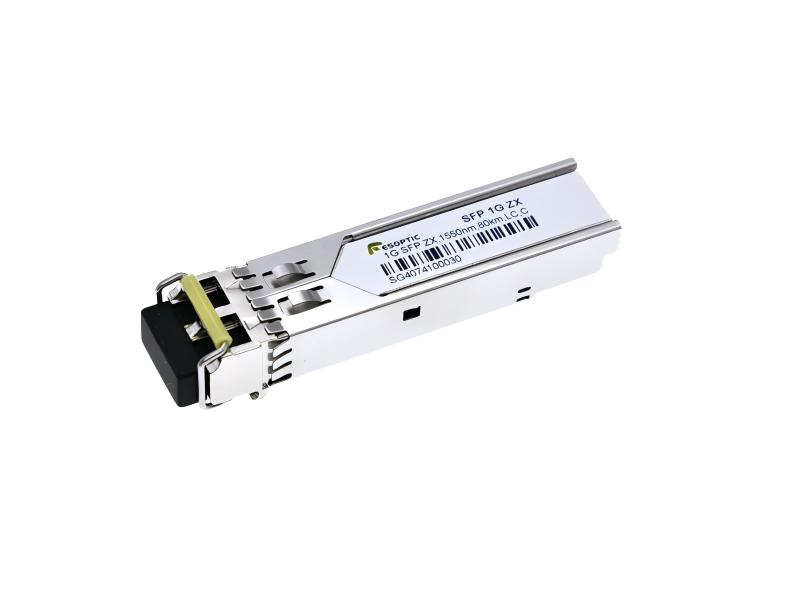In today’s data-driven world, the Optical Fiber Connector plays a crucial role in building efficient and reliable network infrastructures. From data centers and 5G base stations to submarine cables and enterprise networks, fiber connectors serve as vital bridges, enabling the seamless transmission of high-speed optical signals. This article explores the types, structure, performance metrics, and applications of optical fiber connectors in modern communication systems.
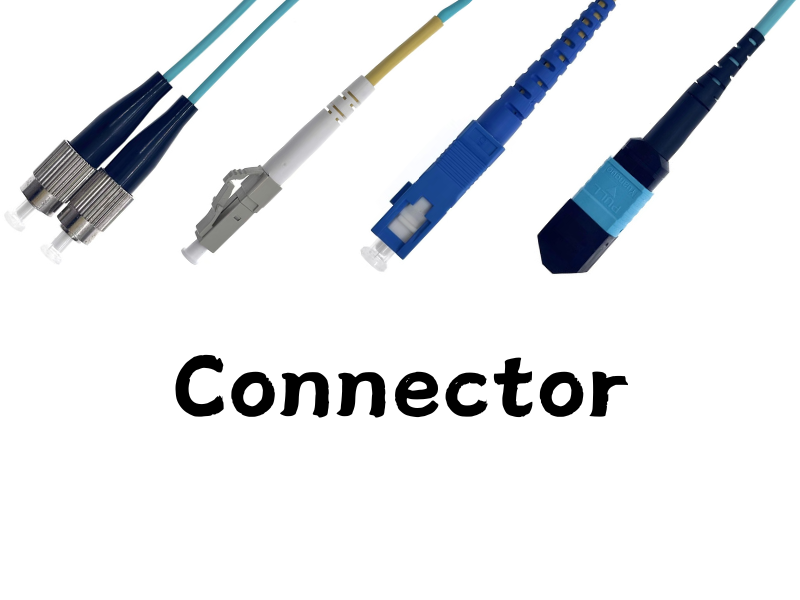
What Is an Optical Fiber Connector?
An Optical Fiber Connector is a detachable device designed to align and join two optical fibers with minimal signal loss. Its primary purpose is to ensure low insertion loss and high return loss, maintaining signal integrity across the fiber link.
Compared to traditional copper connectors, fiber connectors offer higher bandwidth, lower latency, and immunity to electromagnetic interference—making them essential for high-performance network environments.
Common Types of Optical Fiber Connectors
Several types of fiber connectors are commonly used in today’s networking applications:
1. LC Connector (Lucent Connector)
Compact and easy to use, the LC connector is one of the most popular choices in data centers, especially for SFP and SFP+ optical transceivers.

2. SC Connector (Subscriber Connector)
Known for its robust push-pull locking mechanism, SC connectors are widely deployed in FTTH (Fiber-to-the-Home) systems and telecommunications infrastructure.

3. MPO/MTP Connector
These multi-fiber connectors are designed for high-density environments and are crucial for parallel optical transmission in 400G and 800G links. They're a backbone component in hyperscale data centers.

4. FC Connector (Ferrule Connector)
The FC connector features a threaded coupling mechanism, ensuring a secure, vibration-resistant connection. It is commonly used in high-precision applications such as fiber optic test equipment and long-distance single-mode networks.

Key Performance Indicators of Optical Fiber Connectors
A high-quality Optical Fiber Connector should meet the following performance standards:
Insertion Loss: Indicates signal loss when light passes through the connector. A good connector typically has an insertion loss of less than 0.3 dB.
Return Loss: Measures how much light is reflected back toward the source. Higher return loss (above 45 dB) is ideal.
Repeatability and Interchangeability: The connector must perform consistently even after multiple insertions across different ports.
Durability: Material and manufacturing quality determine how well a connector withstands wear and tear.
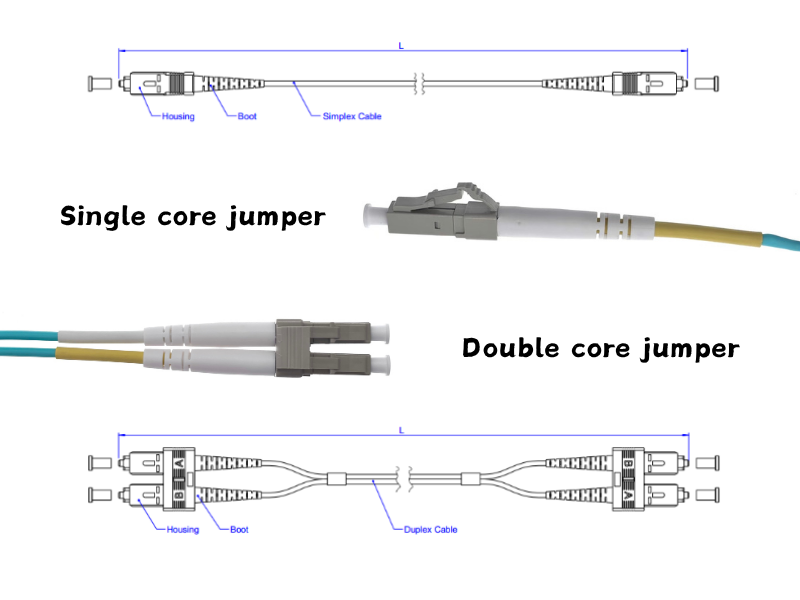
Applications of Optical Fiber Connectors in Data Centers
In high-density data centers, where thousands of links interconnect servers, switches, and storage systems, efficient cabling is critical. MPO/MTP connectors are especially valued for their ability to handle multi-fiber links in compact formats, enabling fast deployment and better airflow management.
As 800G transceivers, AOCs, and DACs become more widespread, connector quality becomes a direct determinant of network stability and performance. Pre-terminated connector assemblies are increasingly favored for their plug-and-play installation and ease of maintenance.
Choosing the Right Optical Fiber Connector
When selecting the right Optical Fiber Connector, consider the following:
Network speed and application scenario (e.g., 800G, high-speed interconnects, FTTH)
Single-mode vs. multi-mode compatibility
Connector type compatibility (LC, SC, MPO, FC, etc.)
Pre-terminated vs. field-installable designs
Compliance with international standards (e.g., IEC, TIA)
Working with a reputable supplier ensures consistent quality and long-term performance in mission-critical networks.
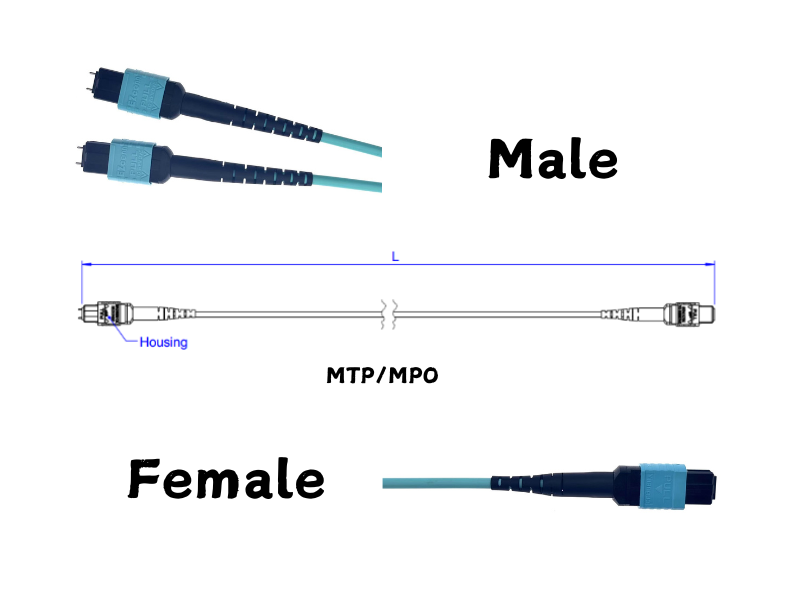
FAQ: Frequently Asked Questions
Q1: What’s the difference between LC and SC connectors?
A: LC connectors are smaller and suitable for high-density environments, while SC connectors are larger and often used in telecom and access networks.
Q2: Why are MPO connectors increasingly popular?
A: MPO connectors support multi-fiber connections, ideal for 400G/800G parallel transmission, reducing cable volume and simplifying installation.
Q3: How do I maintain optical fiber connectors?
A: Use specialized cleaning tools to keep connector end-faces clean. Avoid touching the fiber tip, and store unused connectors in dust caps.
Q4: How do insertion loss and return loss affect performance?
A: High insertion loss reduces signal strength, while low return loss may cause signal reflections, leading to performance degradation or damage to transceivers.
Conclusion
The Optical Fiber Connector is a fundamental element in high-performance optical networks. Its reliability, precision, and compatibility with various systems directly influence the efficiency and longevity of modern communication infrastructures. As data demands continue to grow, so too does the need for well-designed, standards-compliant fiber connectors that can support faster speeds and greater complexity.
Whether you're building a hyperscale data center or deploying 5G infrastructure, choosing the right connector is essential to ensure long-term success. For tailored solutions in AOC, DAC, and high-speed interconnects, always partner with a trusted optical component provider.
